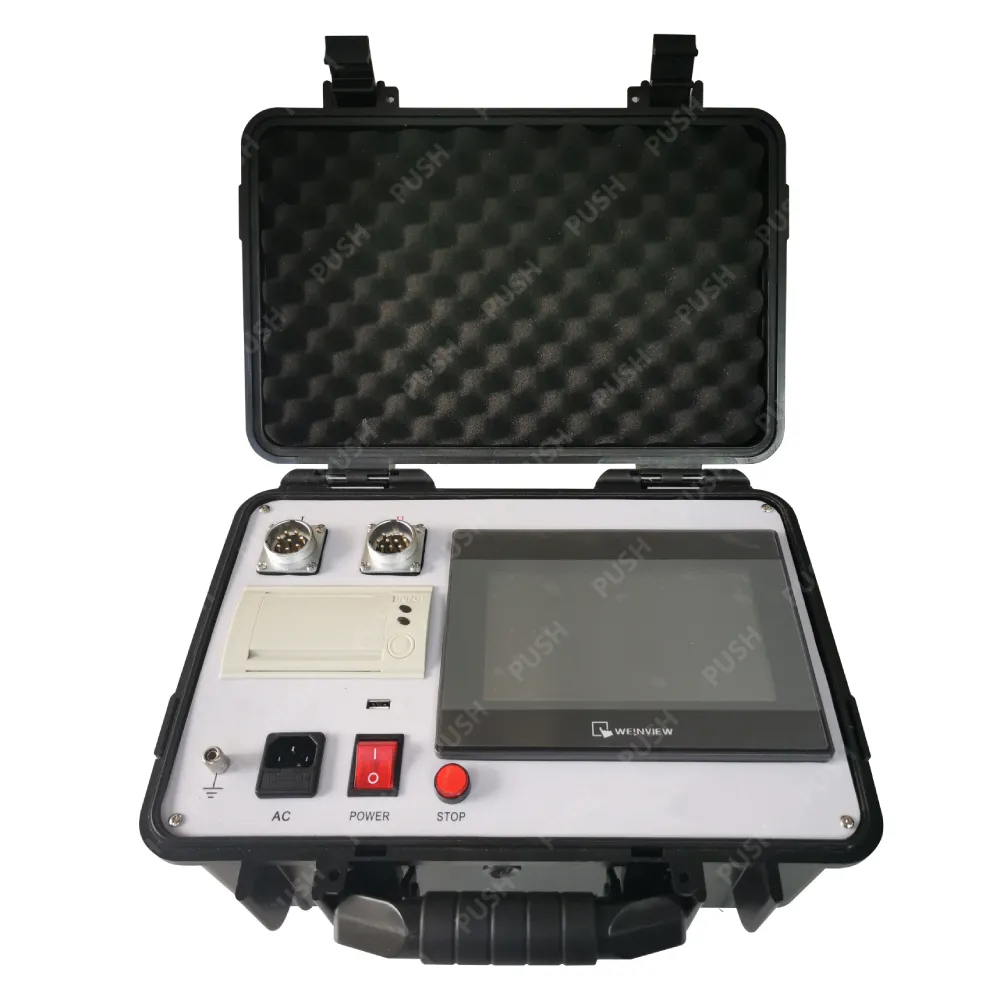TEL:
+86-0312-3189593
 English
English

Telephone:0312-3189593

Email:sales@oil-tester.com

-
 Afrikaans
Afrikaans -
 Albanian
Albanian -
 Amharic
Amharic -
 Arabic
Arabic -
 Armenian
Armenian -
 Azerbaijani
Azerbaijani -
 Basque
Basque -
 Belarusian
Belarusian -
 Bengali
Bengali -
 Bosnian
Bosnian -
 Bulgarian
Bulgarian -
 Catalan
Catalan -
 Cebuano
Cebuano -
 China
China -
 China (Taiwan)
China (Taiwan) -
 Corsican
Corsican -
 Croatian
Croatian -
 Czech
Czech -
 Danish
Danish -
 Dutch
Dutch -
 English
English -
 Esperanto
Esperanto -
 Estonian
Estonian -
 Finnish
Finnish -
 French
French -
 Frisian
Frisian -
 Galician
Galician -
 Georgian
Georgian -
 German
German -
 Greek
Greek -
 Gujarati
Gujarati -
 Haitian Creole
Haitian Creole -
 hausa
hausa -
 hawaiian
hawaiian -
 Hebrew
Hebrew -
 Hindi
Hindi -
 Miao
Miao -
 Hungarian
Hungarian -
 Icelandic
Icelandic -
 igbo
igbo -
 Indonesian
Indonesian -
 irish
irish -
 Italian
Italian -
 Japanese
Japanese -
 Javanese
Javanese -
 Kannada
Kannada -
 kazakh
kazakh -
 Khmer
Khmer -
 Rwandese
Rwandese -
 Korean
Korean -
 Kurdish
Kurdish -
 Kyrgyz
Kyrgyz -
 Lao
Lao -
 Latin
Latin -
 Latvian
Latvian -
 Lithuanian
Lithuanian -
 Luxembourgish
Luxembourgish -
 Macedonian
Macedonian -
 Malgashi
Malgashi -
 Malay
Malay -
 Malayalam
Malayalam -
 Maltese
Maltese -
 Maori
Maori -
 Marathi
Marathi -
 Mongolian
Mongolian -
 Myanmar
Myanmar -
 Nepali
Nepali -
 Norwegian
Norwegian -
 Norwegian
Norwegian -
 Occitan
Occitan -
 Pashto
Pashto -
 Persian
Persian -
 Polish
Polish -
 Portuguese
Portuguese -
 Punjabi
Punjabi -
 Romanian
Romanian -
 Russian
Russian -
 Samoan
Samoan -
 Scottish Gaelic
Scottish Gaelic -
 Serbian
Serbian -
 Sesotho
Sesotho -
 Shona
Shona -
 Sindhi
Sindhi -
 Sinhala
Sinhala -
 Slovak
Slovak -
 Slovenian
Slovenian -
 Somali
Somali -
 Spanish
Spanish -
 Sundanese
Sundanese -
 Swahili
Swahili -
 Swedish
Swedish -
 Tagalog
Tagalog -
 Tajik
Tajik -
 Tamil
Tamil -
 Tatar
Tatar -
 Telugu
Telugu -
 Thai
Thai -
 Turkish
Turkish -
 Turkmen
Turkmen -
 Ukrainian
Ukrainian -
 Urdu
Urdu -
 Uighur
Uighur -
 Uzbek
Uzbek -
 Vietnamese
Vietnamese -
 Welsh
Welsh -
 Bantu
Bantu -
 Yiddish
Yiddish -
 Yoruba
Yoruba -
 Zulu
Zulu
פבר . 12, 2025 10:14
Back to list
short circuit impedance of transformer
Conducting a short circuit test on a single-phase transformer is an essential practice for determining its performance, efficiency, and thermal stability. This test reveals critical insights into the transformer's impedance and the losses that occur when it operates under near-load conditions. Understanding the nuances of this test is vital for engineers and technicians who strive to ensure the reliability and efficiency of electrical transformers used in various applications.
Conducting precise and reliable short circuit tests also ensures trustworthiness in the market. Clients and stakeholders need assurance that the transformers possess the integrity to perform under expected electrical loads without faltering. Delivering trustworthy products in the market enhances your stature as a reliable manufacturer, fostering long-term relationships with clients who rely on your expertise and dedication to quality. The expertise in conducting a short circuit test lies not only in the setup and execution but also in the interpretation of the results. Professionals equipped with deep knowledge and experience in transformer technology can offer valuable insights and recommendations based on these tests, further underscoring the expertise of your team. Utilizing such expertise assures clients that each transformer is tested and proven safe, efficient, and capable of handling specific loads under diverse operational conditions. By sharing case studies and real-life applications where your transformers have excelled post-testing, you build credibility and authority in the field, illustrating that your products and methodologies are grounded in scientific and engineering principles. In conclusion, the short circuit test for single-phase transformers is more than just a technical assessment; it is a critical measure of quality and performance. Emphasizing your expertise and commitment to conducting these tests with precision reflects your authority in electrical engineering. Trust is built on the meticulous understanding and application of these tests, ensuring that each product promises safety, efficiency, and reliability. By investing in such testing practices, you position your products as leaders in safety standards and operational excellence, commanding respect and trust in the industry.


Conducting precise and reliable short circuit tests also ensures trustworthiness in the market. Clients and stakeholders need assurance that the transformers possess the integrity to perform under expected electrical loads without faltering. Delivering trustworthy products in the market enhances your stature as a reliable manufacturer, fostering long-term relationships with clients who rely on your expertise and dedication to quality. The expertise in conducting a short circuit test lies not only in the setup and execution but also in the interpretation of the results. Professionals equipped with deep knowledge and experience in transformer technology can offer valuable insights and recommendations based on these tests, further underscoring the expertise of your team. Utilizing such expertise assures clients that each transformer is tested and proven safe, efficient, and capable of handling specific loads under diverse operational conditions. By sharing case studies and real-life applications where your transformers have excelled post-testing, you build credibility and authority in the field, illustrating that your products and methodologies are grounded in scientific and engineering principles. In conclusion, the short circuit test for single-phase transformers is more than just a technical assessment; it is a critical measure of quality and performance. Emphasizing your expertise and commitment to conducting these tests with precision reflects your authority in electrical engineering. Trust is built on the meticulous understanding and application of these tests, ensuring that each product promises safety, efficiency, and reliability. By investing in such testing practices, you position your products as leaders in safety standards and operational excellence, commanding respect and trust in the industry.
Previous:
Latest news
-
Testing Equipment Industry Sees Major Advancements in 2025: Smart & Precision Technologies Lead the WayNewsJun.06,2025
-
Applications of Direct Current Generators in Renewable Energy SystemsNewsJun.05,2025
-
Hipot Tester Calibration and Accuracy GuidelinesNewsJun.05,2025
-
Digital Circuit Breaker Analyzer Features and BenefitsNewsJun.05,2025
-
Benefits of Real-Time Power Quality Monitoring Devices for Industrial EfficiencyNewsJun.05,2025
-
Earth Fault Loop Testing in High-Rise Building Electrical SystemsNewsJun.05,2025



